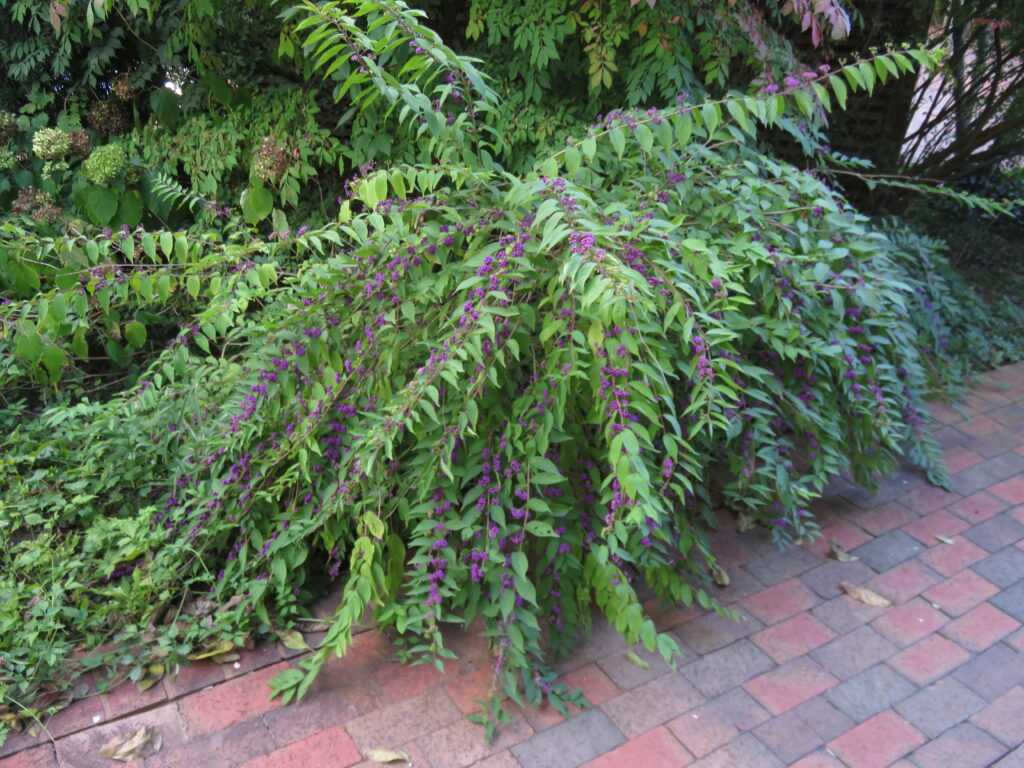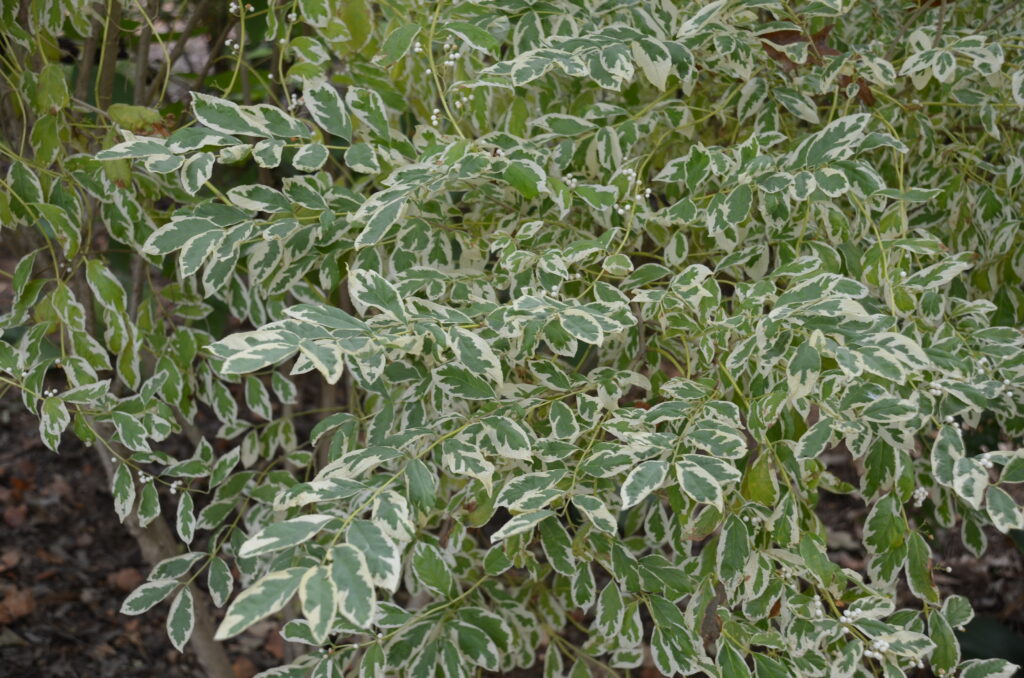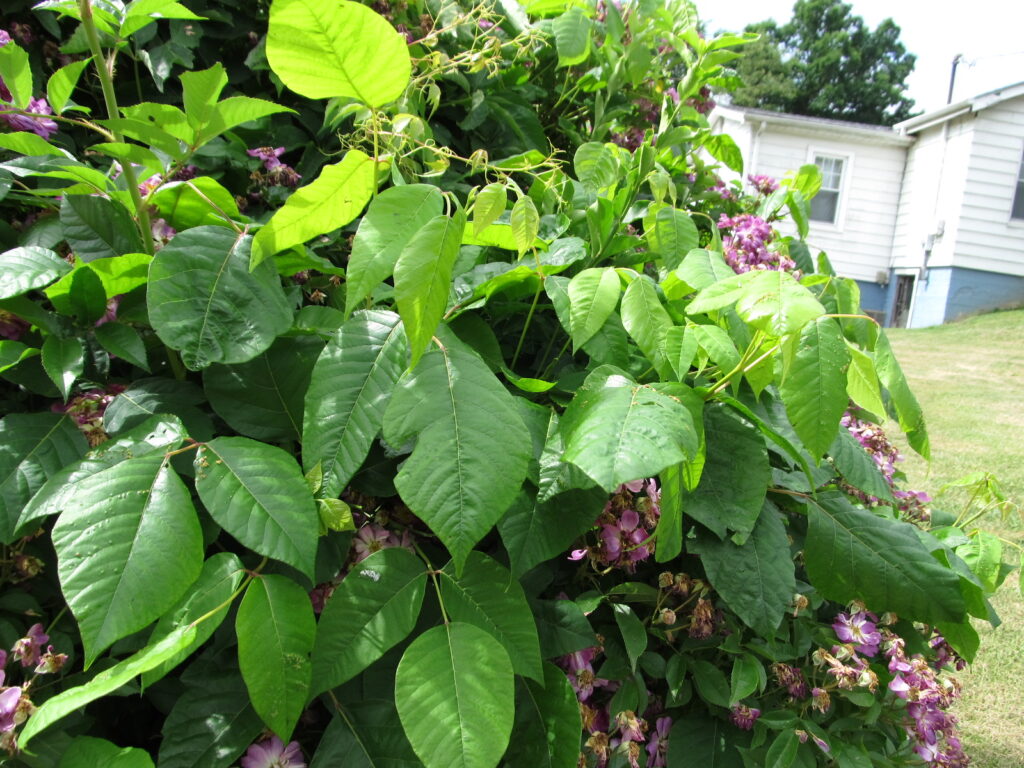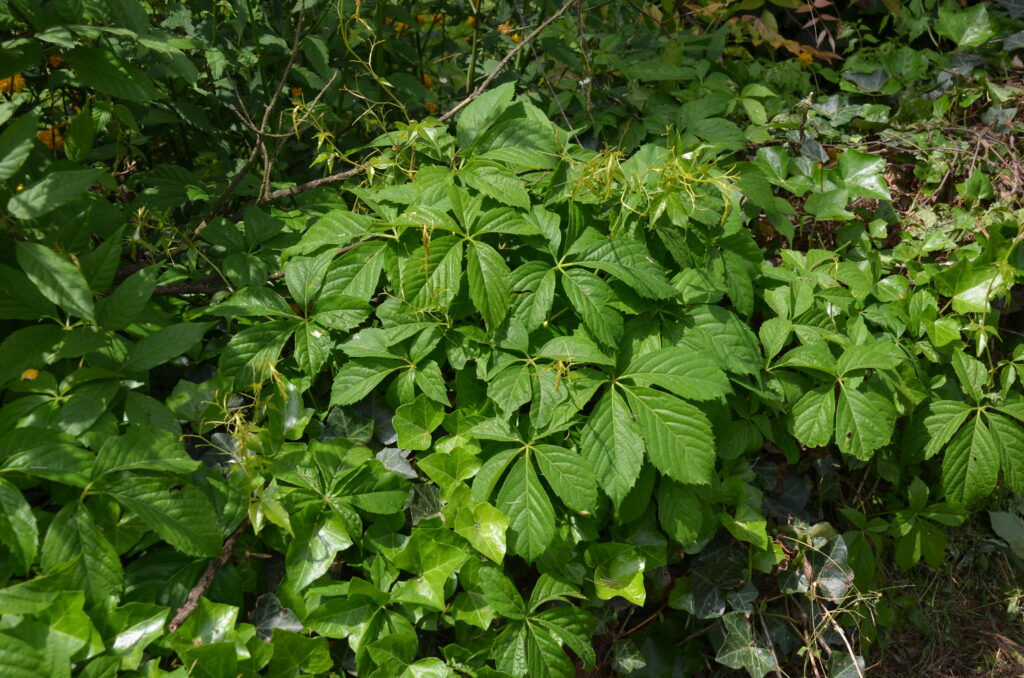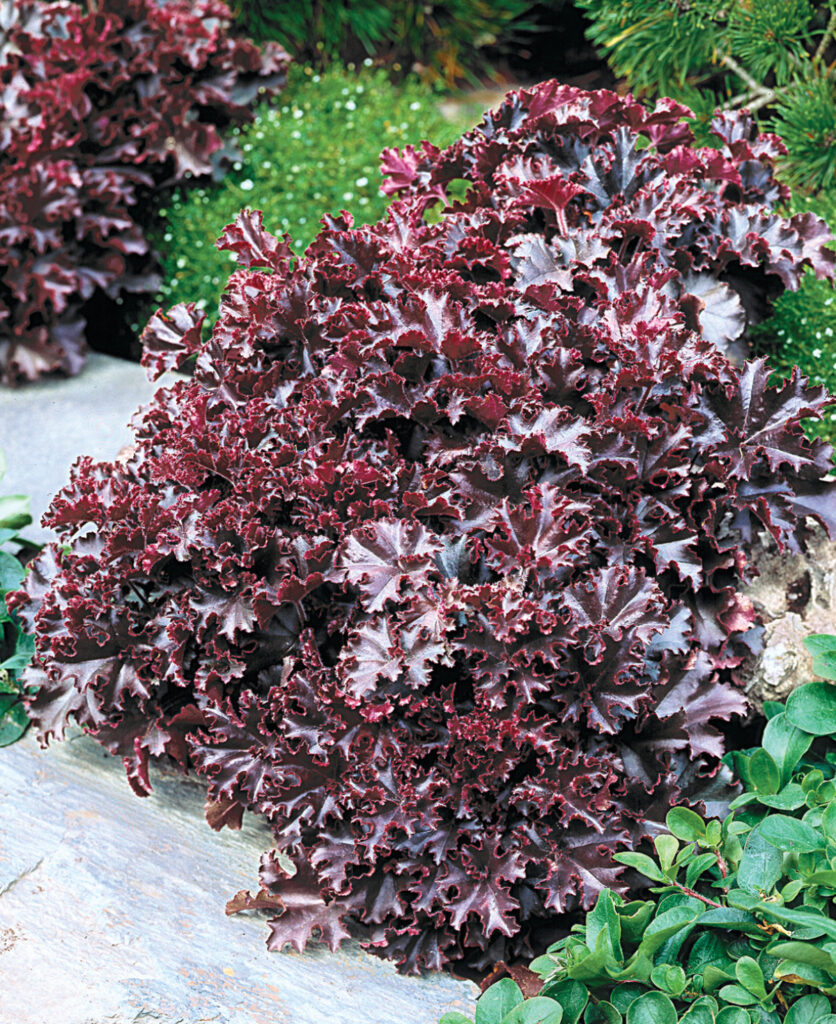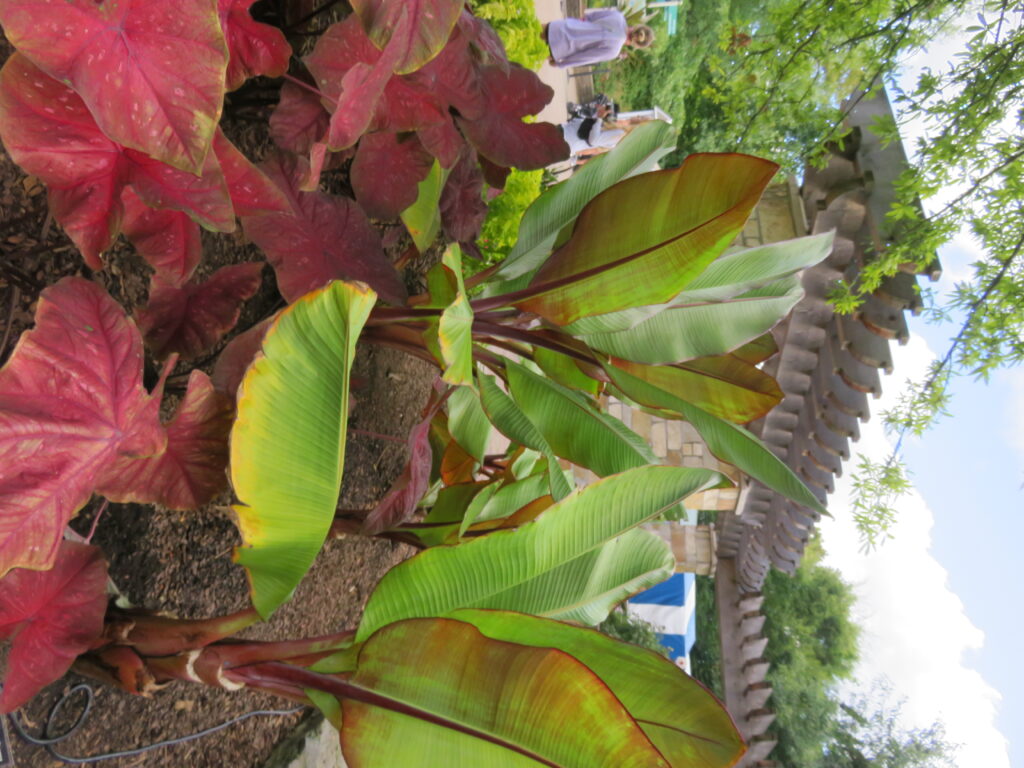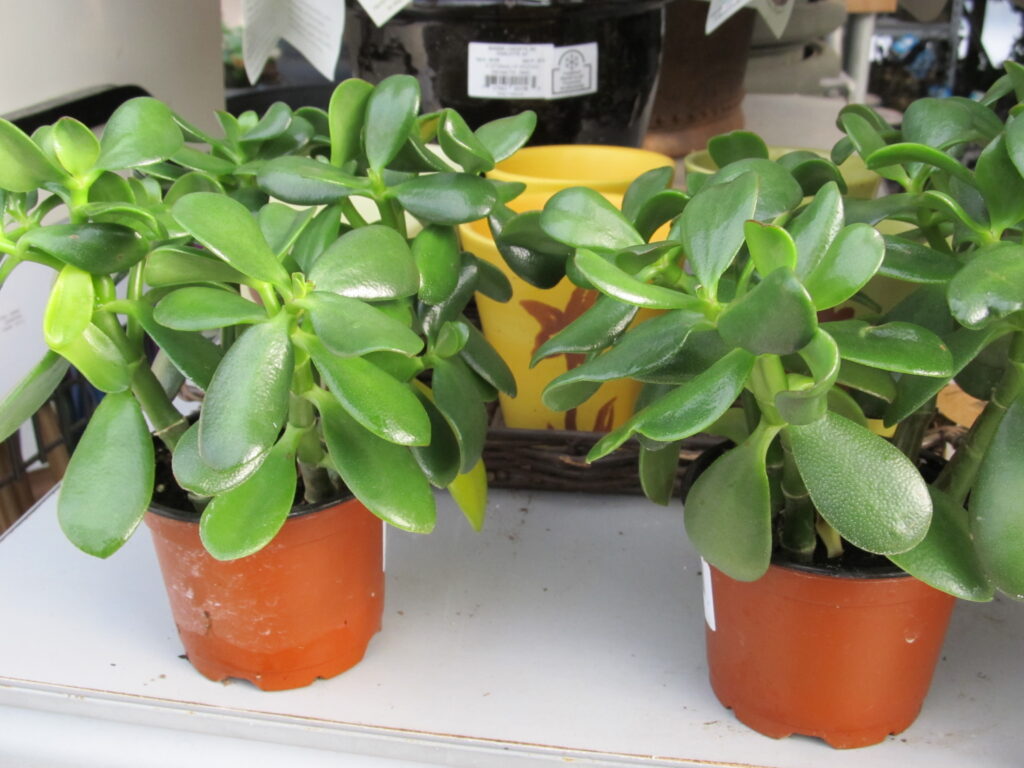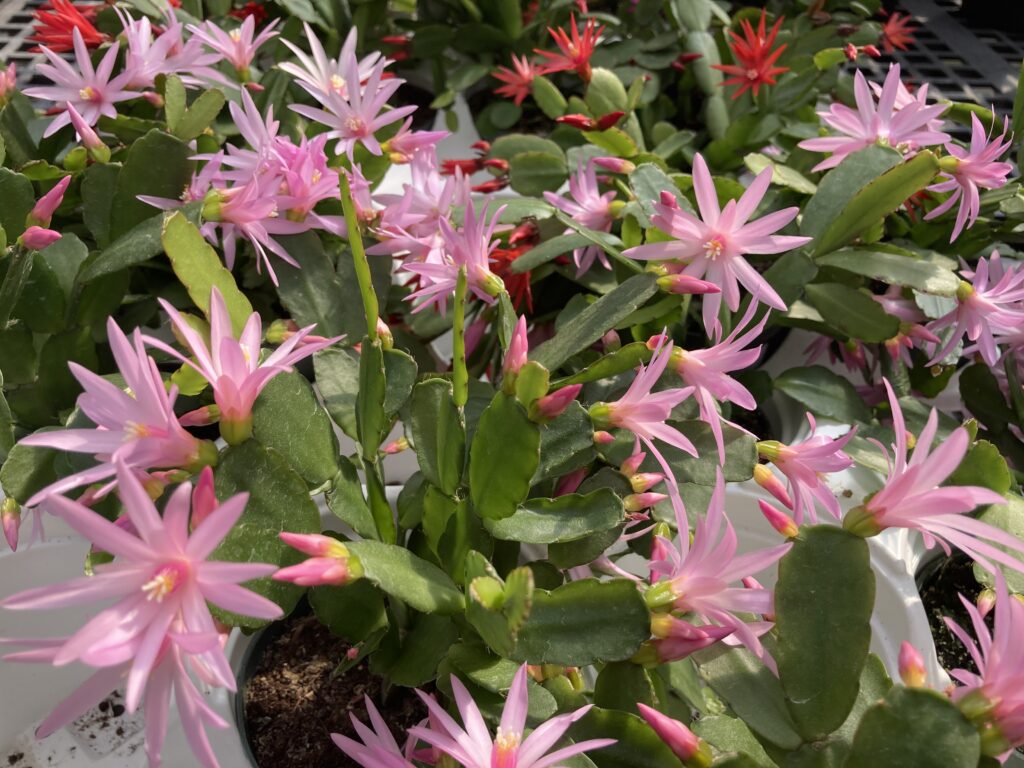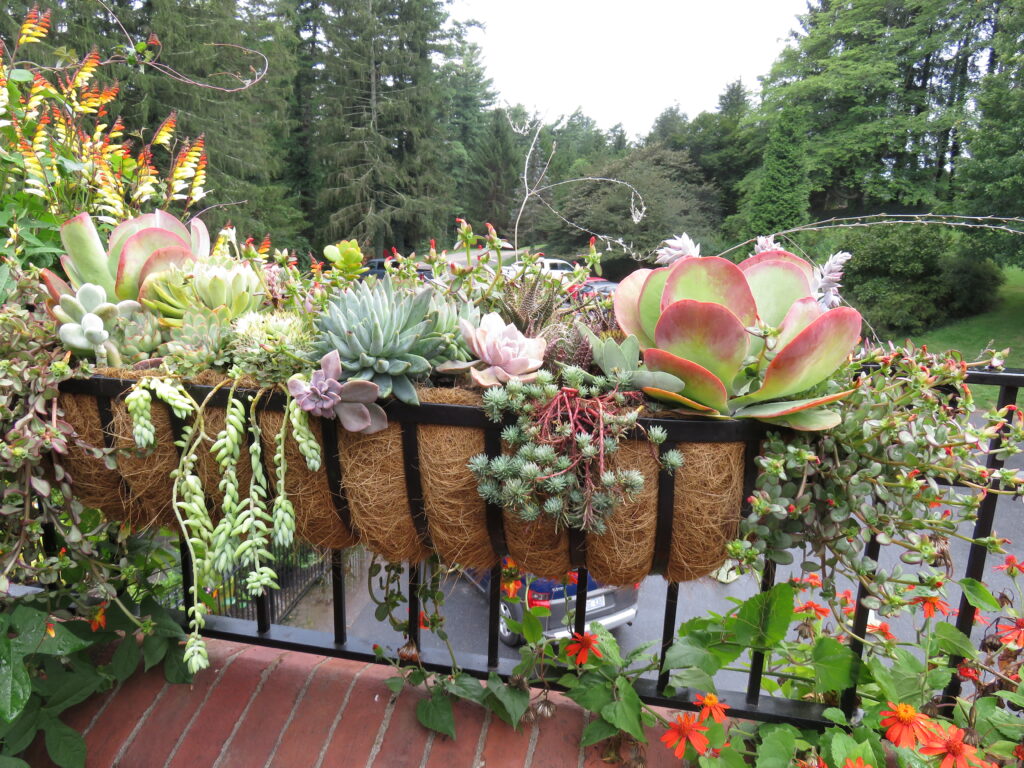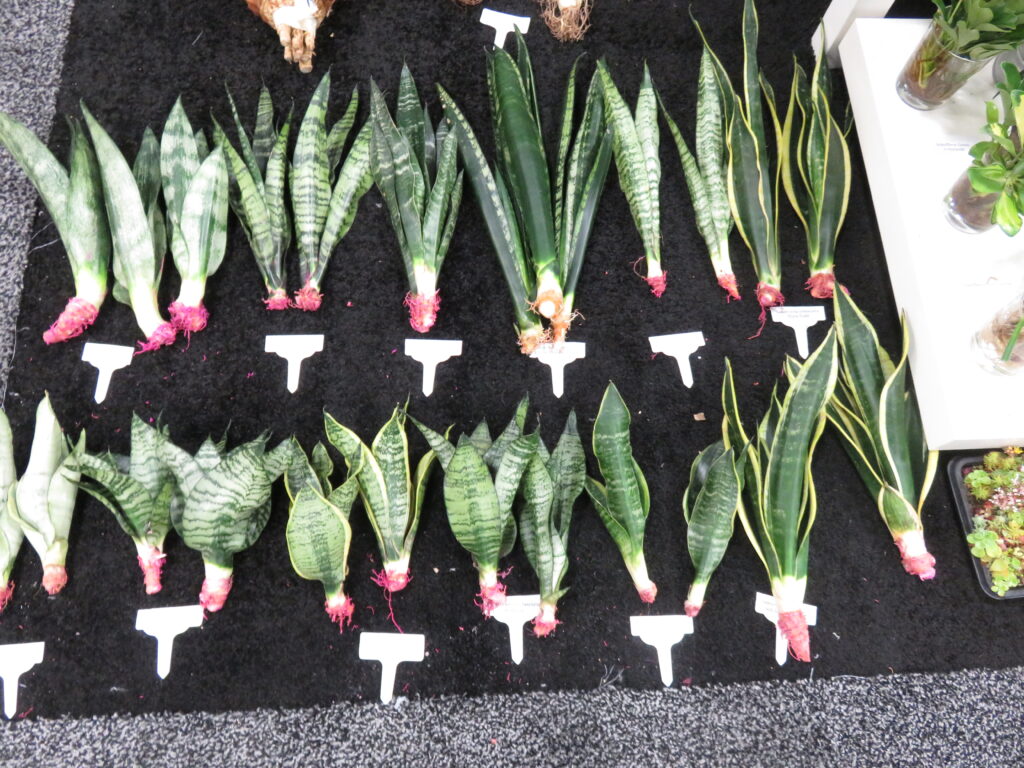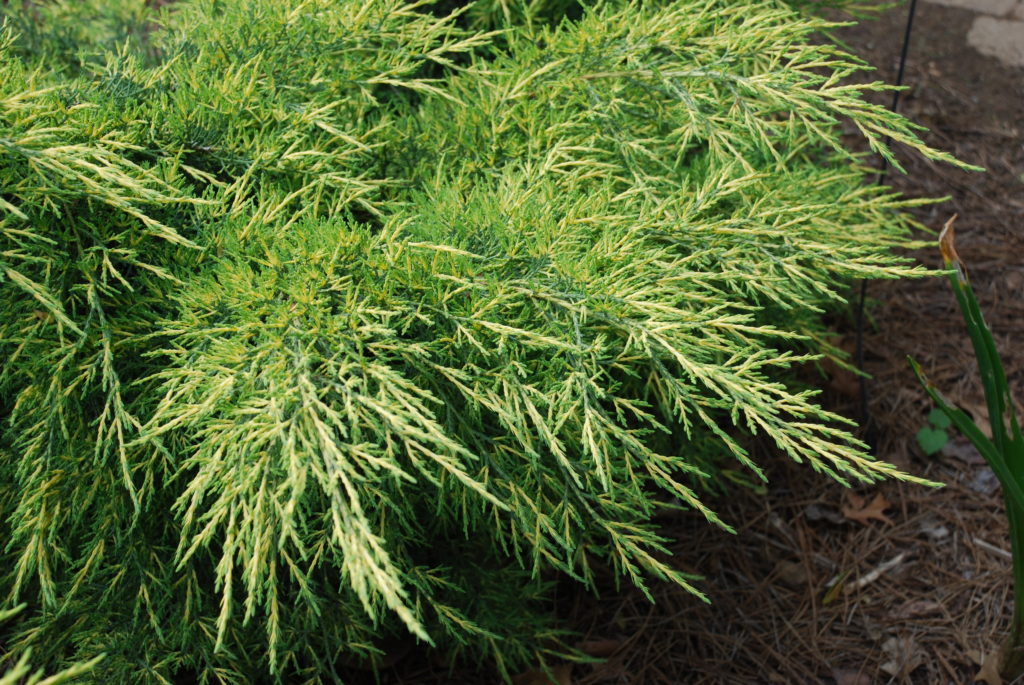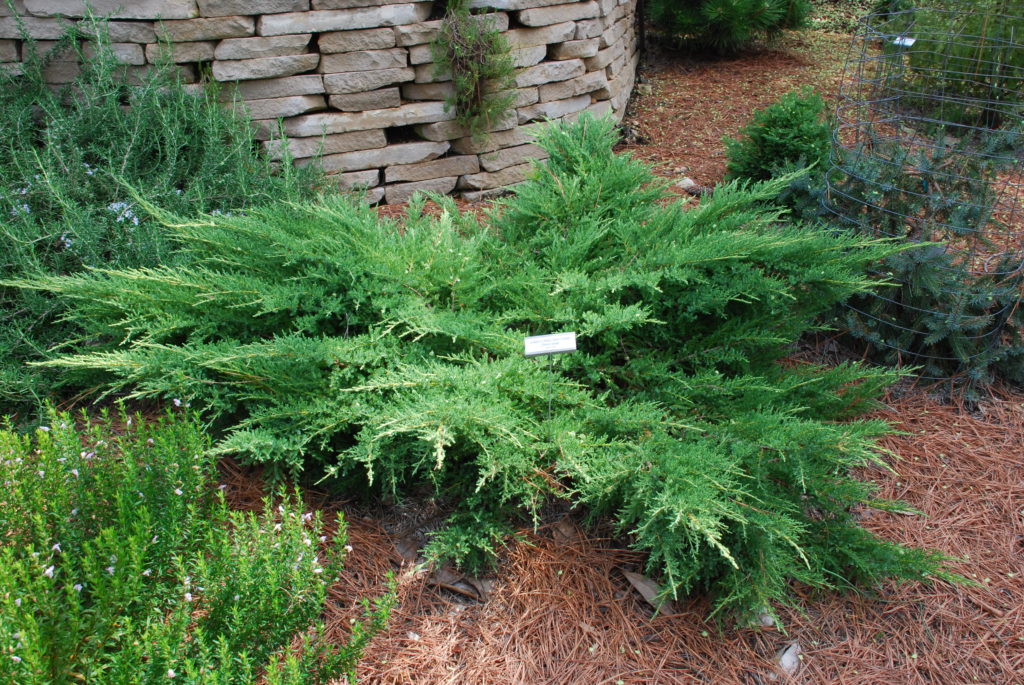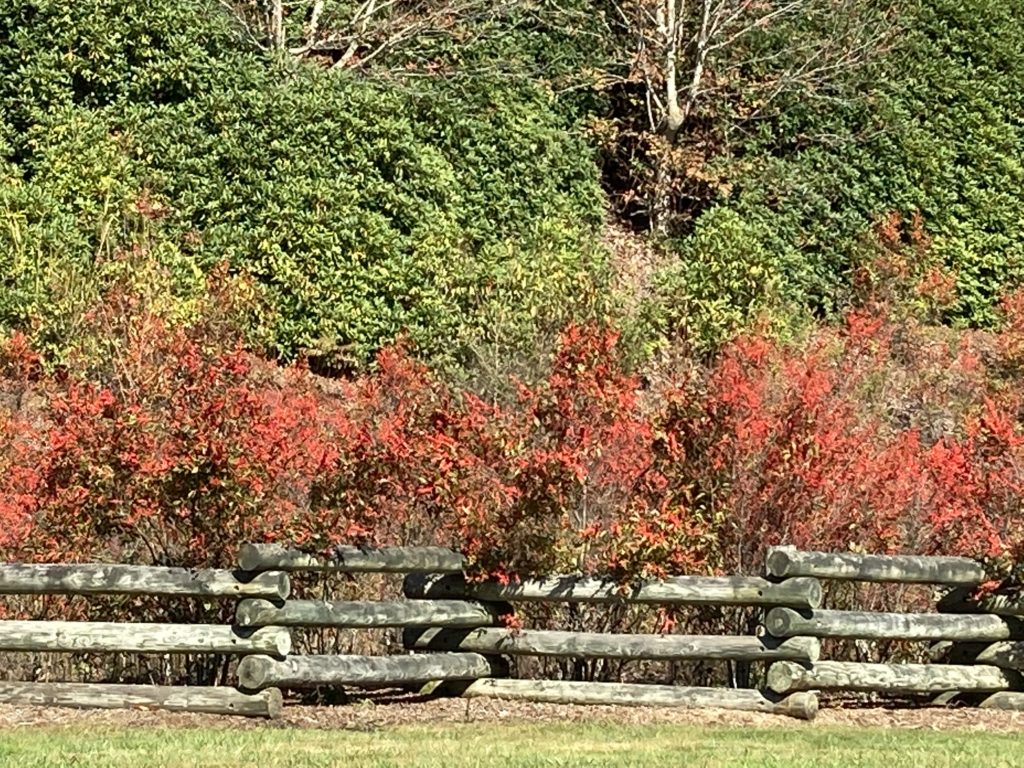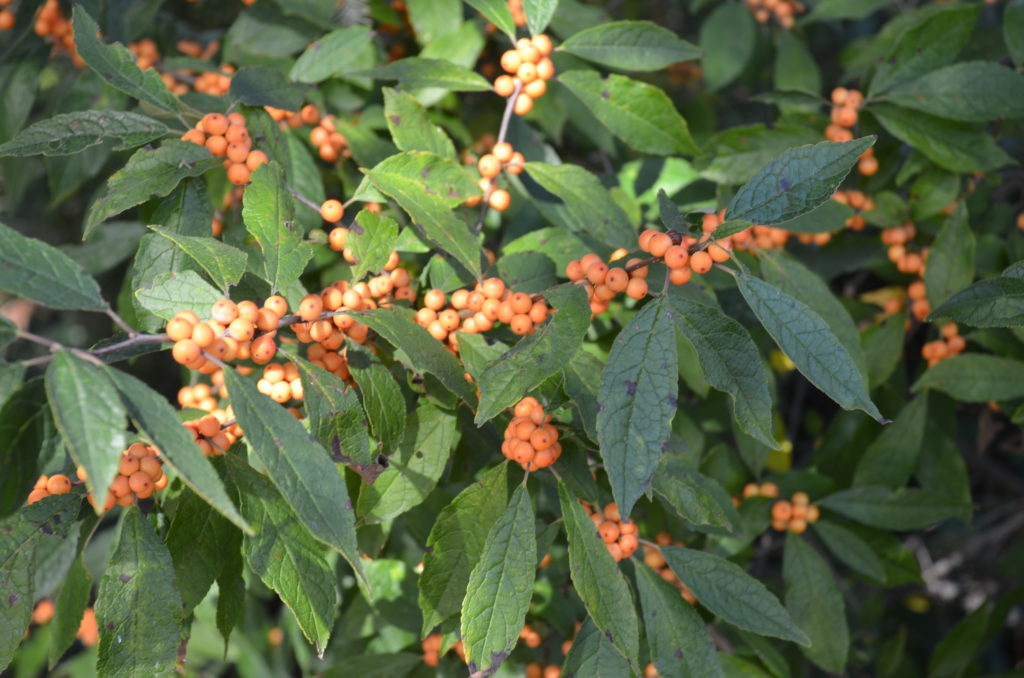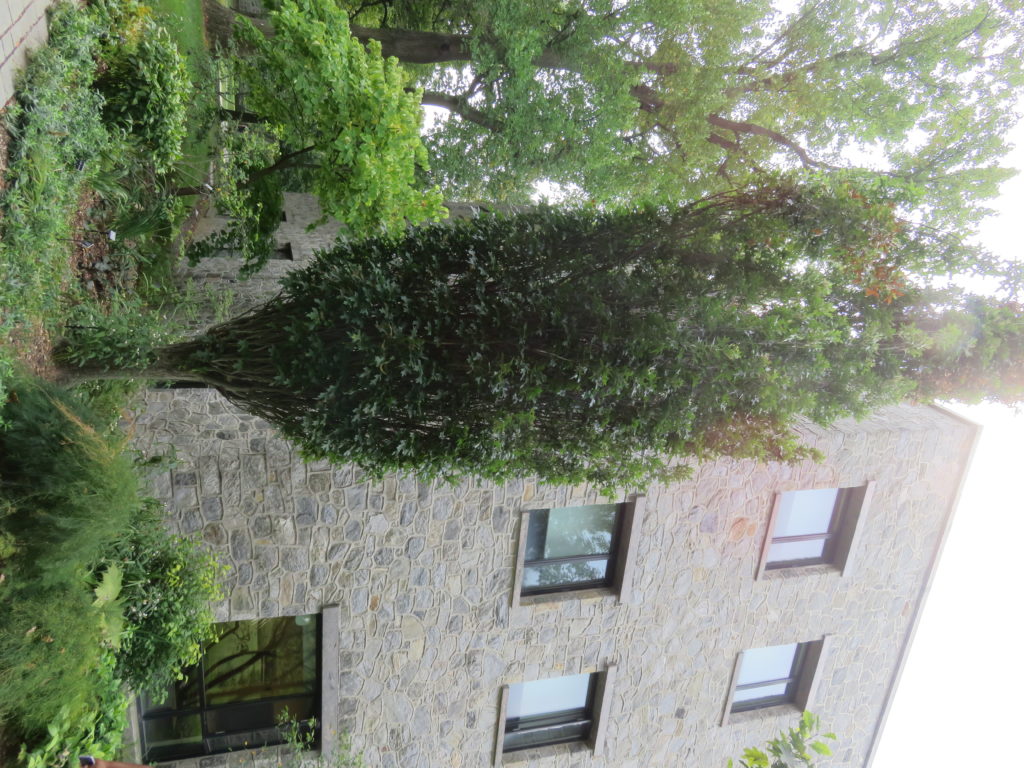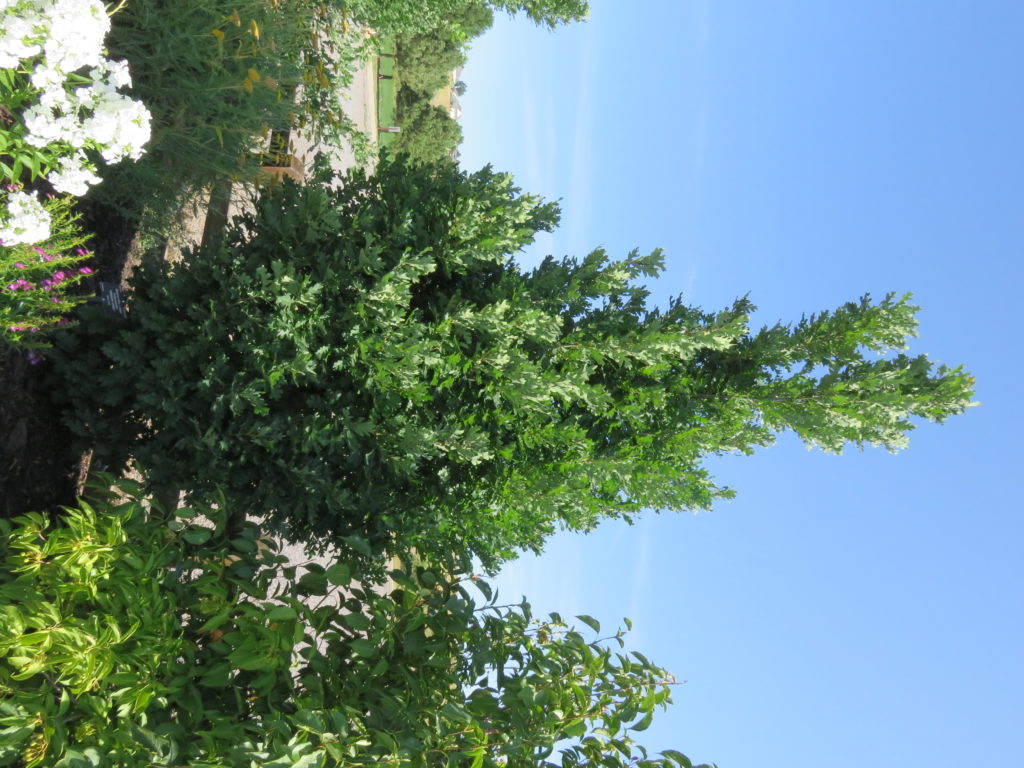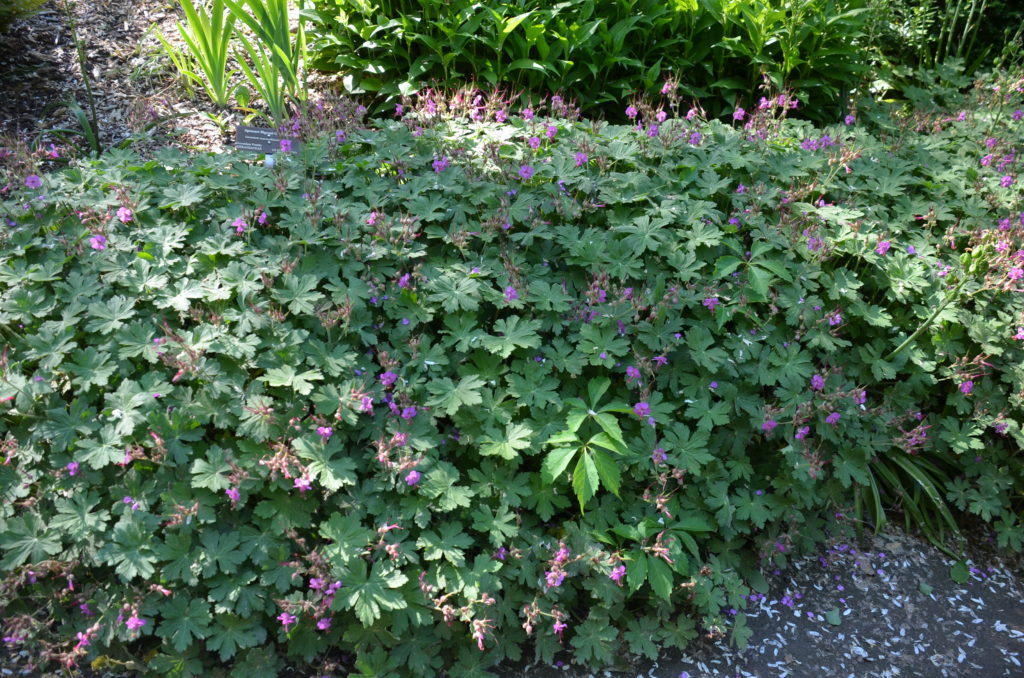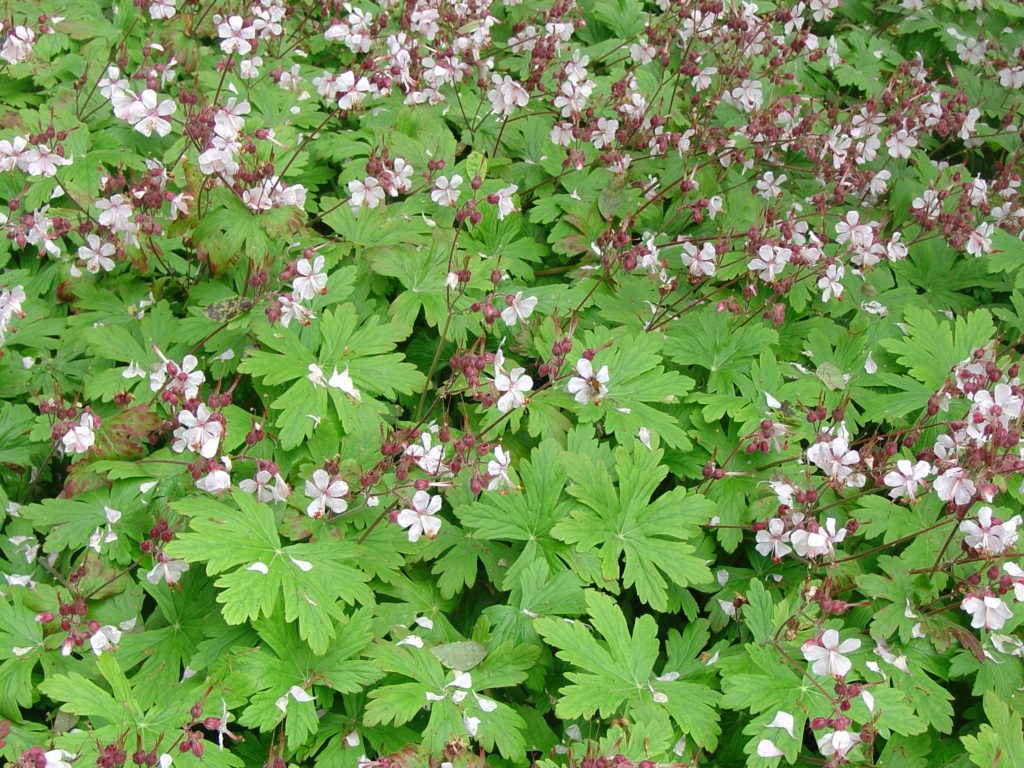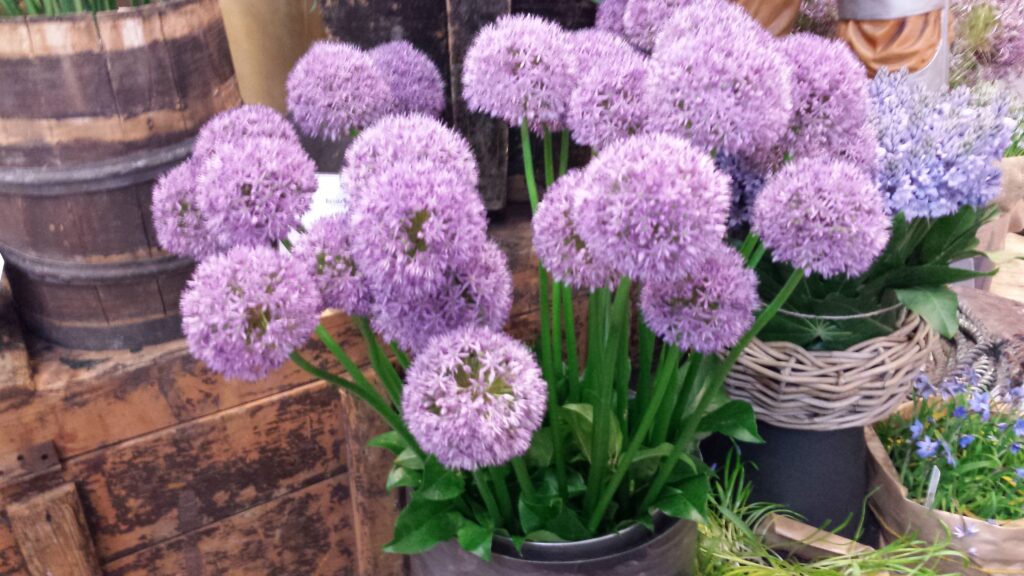
The huge ornamental ball-types flowering onions (Allium spp.) are standouts in the late spring/early summer garden (Zones 5-9). Bulbous alliums are both architectural and colorful wonders. Bulbs are planted in the fall.
Bulbous alliums require full sun for best growth. They make stunning garden borders, beds, and cottage gardens. They have a major visual impact when several are planted en masse. Alliums also tolerate a wide variety of soil and are drought tolerant.
They perform at their best in a soil that is humus-rich, well-drained, moist but not wet, and a porous sandy loam. Soil pH may be acidic, neutral, or alkaline. Ideally, alliums thrive organic rich sandy soil, but do well in clay soil with good drainage.
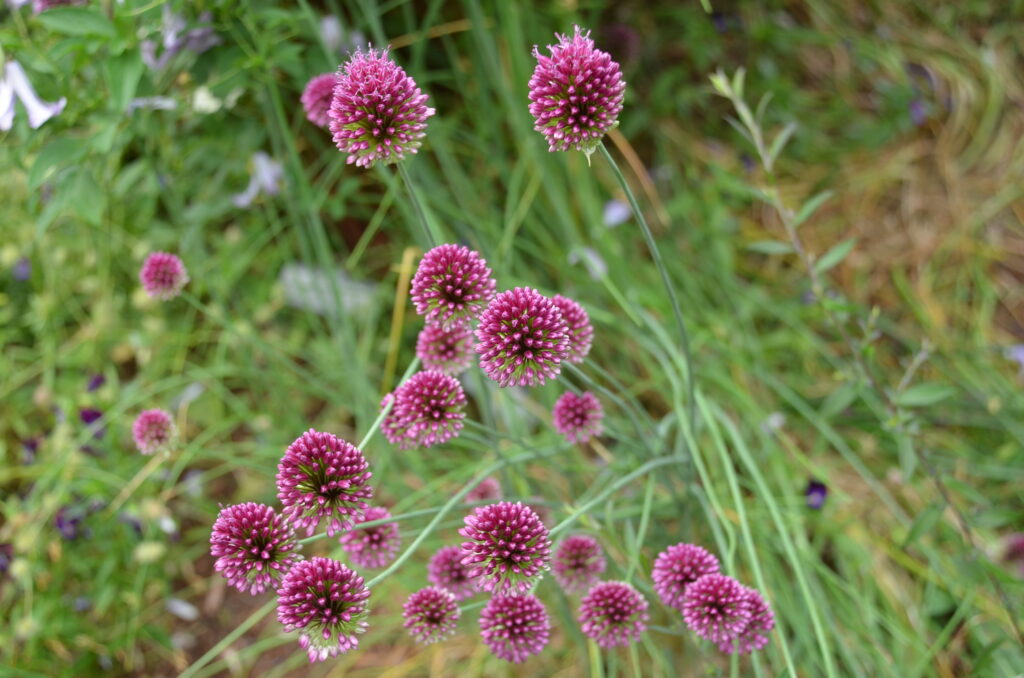
Let’s take a closer look at 8 popular bulbous allium (listed alphabetically):
Purple Sensation (A. aflatunense) is a crowd favorite (cost effective) for its deep blue, round ball shaped flowers that are small, star-shaped, and rich violet-lilac color. Flower stems grow to a height of 20 to 30 inches. Add to that their sturdy stalks arising the blue-green, strap-like, handsome leaves. The long-lasting blooms from late spring into early summer. As a cut flower, blooms can last for as long as 2 weeks!
Ambassador has large intense reddish purple softball size flowers on sturdy stems 3-4 feet tall.
Gladiator struts lilac-purple florets within softball-size flower heads on stems that stand 2-3 feet tall.
Globemaster (A. christophii and A. macleanii) grows 3- to 4-foot flower stalks that support large 8- to 10-inch diameter flower globes.
Mount Everest has baseball-size white flower-heads consisting of 50 or more flowers. Flower-heads are 5- 6 inches wide, and atop 3 feet tall sturdy stems. Its basal leaves are strap-shaped and grayish-green.
Star of Persia (A. cristophii) grows 24 inches in height, emerging from glaucous, strap-shaped basal leaves. Globular flower heads are rosy-violet in color and measure 8 inches across.
A. schubertii boasts huge globe-shaped 12-15 inch loose, spidery flowers, as many as 100 tiny star shaped flowers which are only 20 inches tall.
Drumstick Allium (A. sphaerocephalon) is a charming species which produces vibrant colored blooms; lime-green flowers gradually transition to crimson to reddish brown in color.
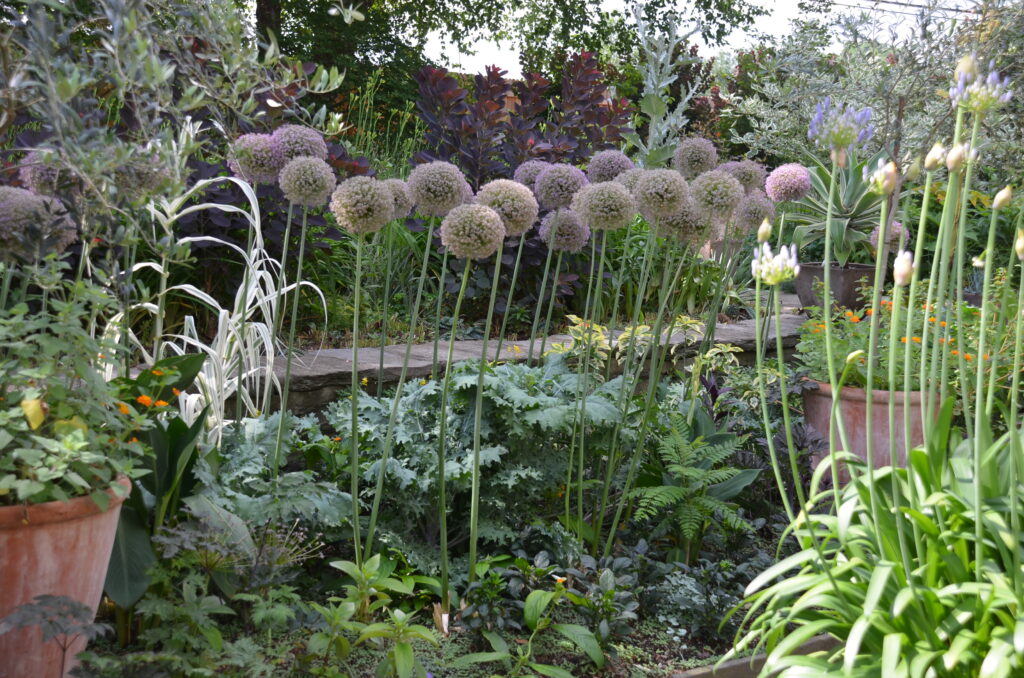
Allium blooms attract honeybees, butterflies and other pollinators depending on variety, select from white, pink, or purple ball-shaped flowers. Maybe best of all — they’re deer resistant.
I find the best selection of bulbous alliums at Brent and Becky’s Bulbs in Gloucester, VA. Visit their website: www.brentandbeckysbulbs.com

